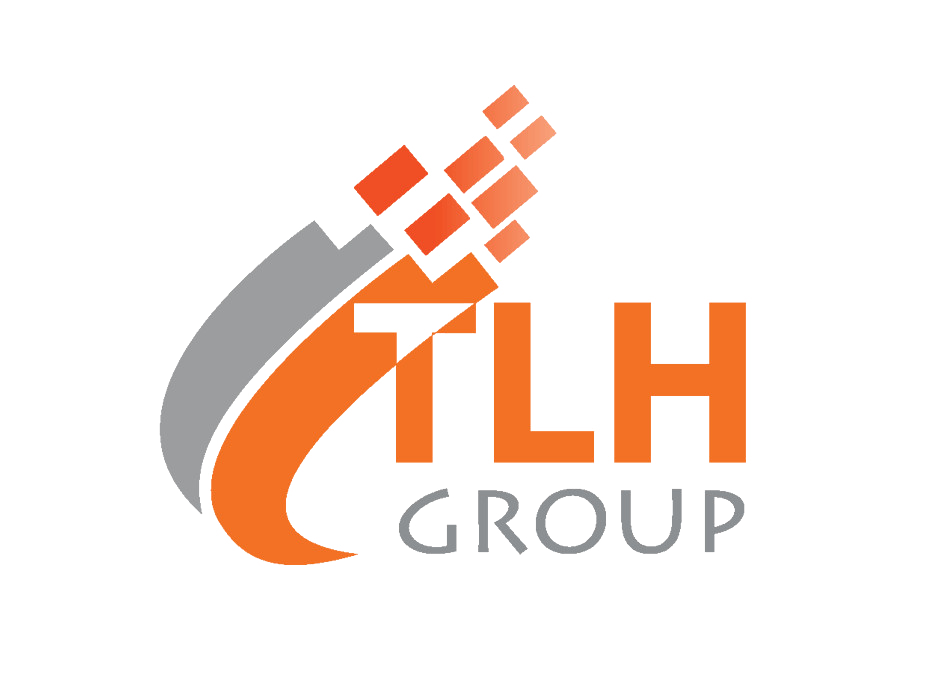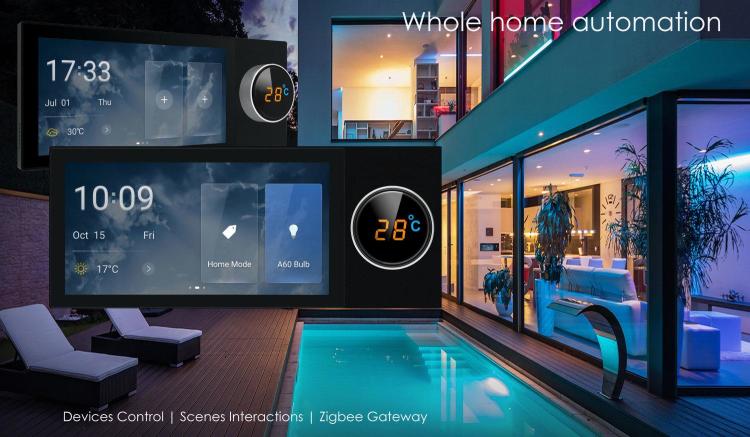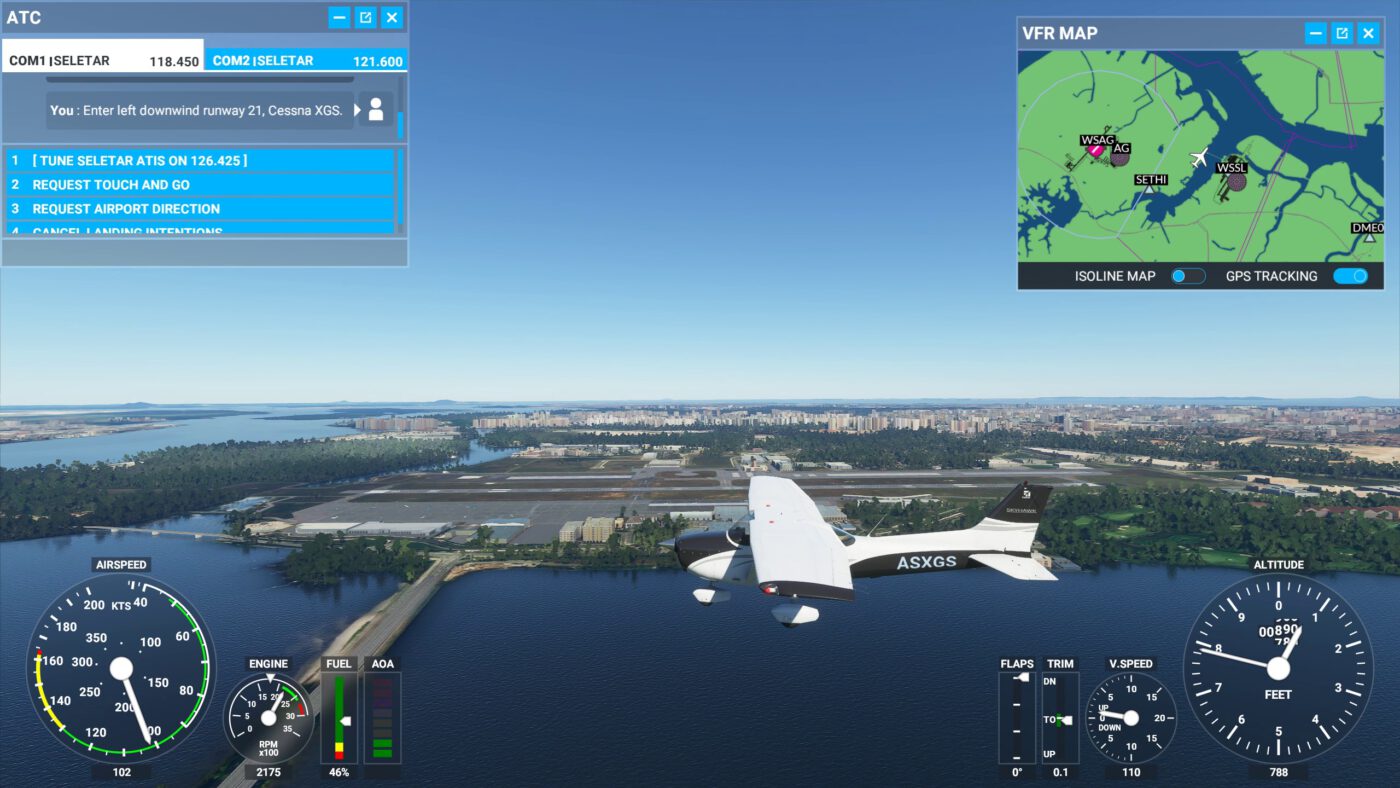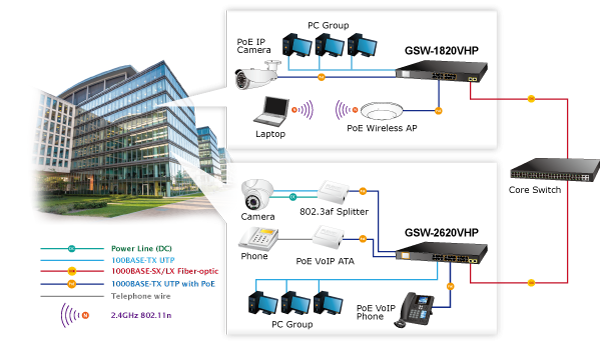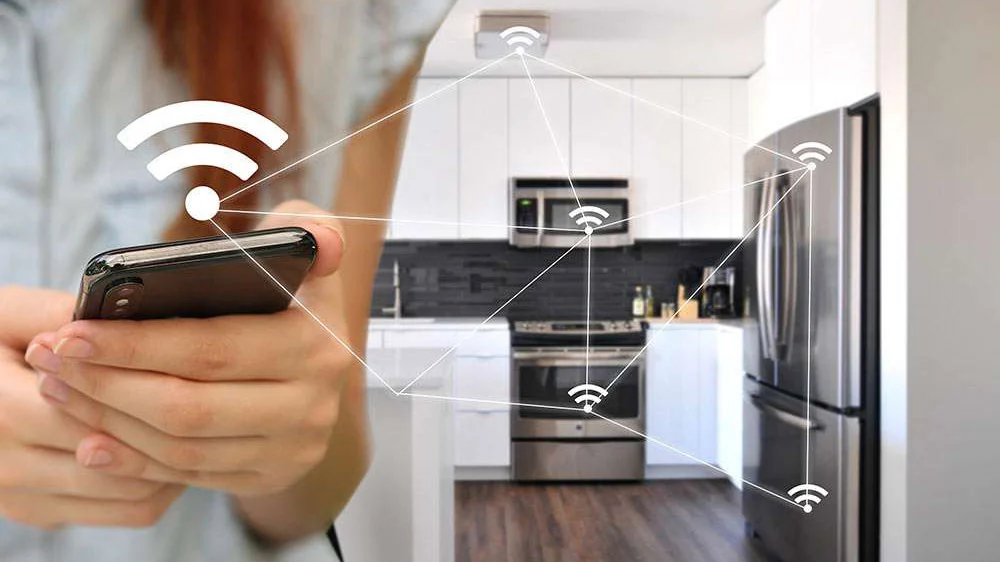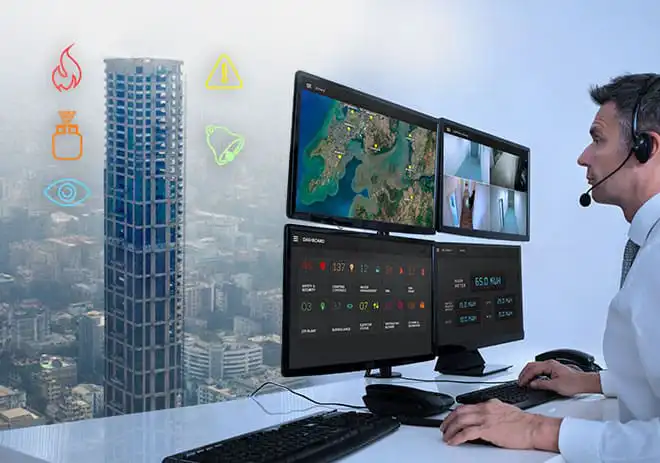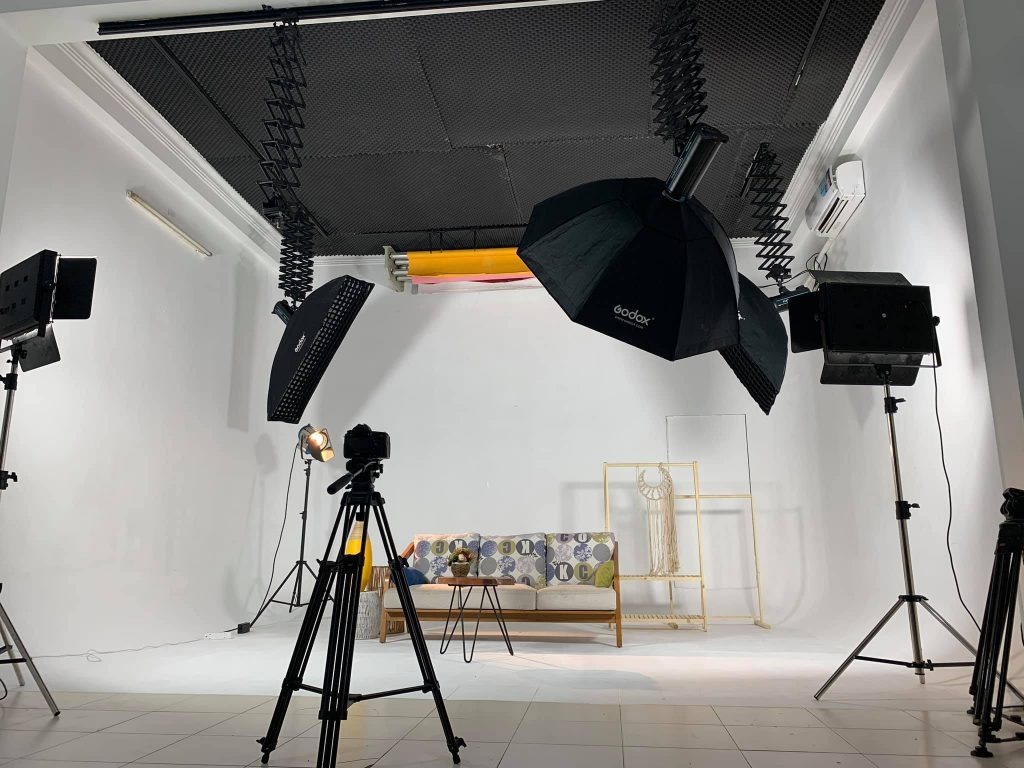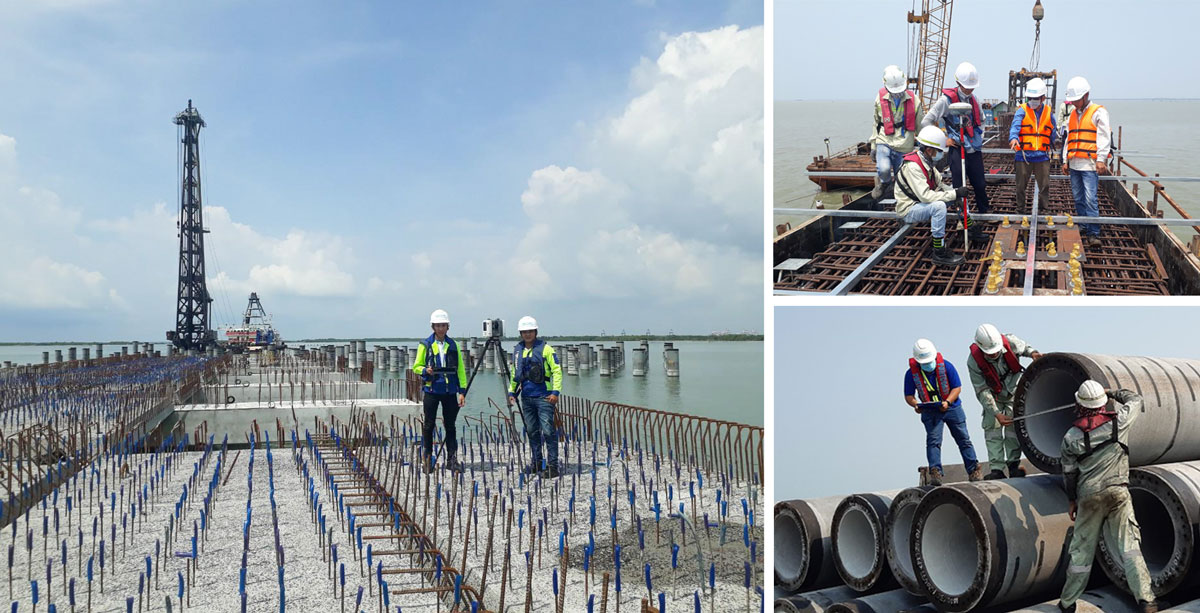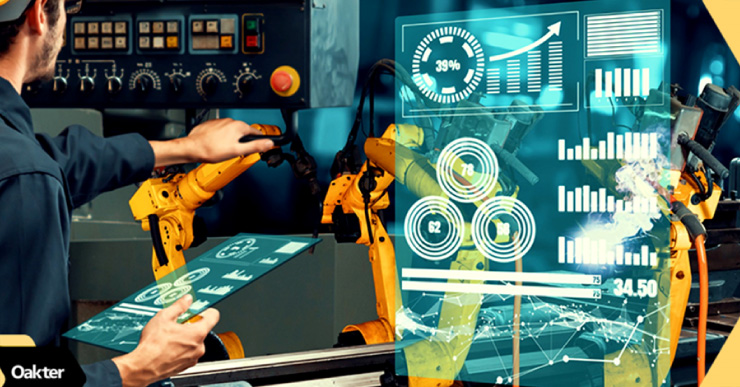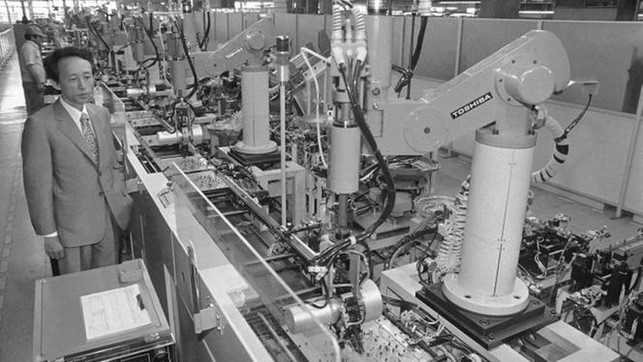Uncategorized
How US prevented Japan’s Toshiba from becoming No.1 chipmaker
How US prevented Japan’s Toshiba from becoming No.1 chipmaker
In the 1980s, American policymakers saw Japanese chip makers as their biggest threat.

GETTY IMAGES
US lawmakers smashed a Toshiba stereo in the gardens of the Capitol in 1987 at the height of US-Japan trade war.
With a smile on her face, American Congresswoman Helen Delich Bentley took turns with fellow lawmakers to swing sledgehammers and smash a Toshiba stereo on the grounds of the Capitol.
“Treachery by any other name is still treachery,” Bentley told the assembled journalists. “But if it had another name, it would be Toshiba.”
The incident occurred in July 1987, when the Japanese electronics giant faced controversy centred around the United States’s national interests and its quest to maintain tech hegemony on a global stage.
One of Toshiba’s divisions had sold a critical piece of technology to the former Soviet Union, aiding it in developing advanced submarines. Such exchanges with the Soviet military at the peak of the Cold War were seen as a cardinal sin by the American lawmakers.
As a result, the US hit Toshiba with sanctions and millions of dollars in revenue were wiped off its books as its products faced heavy import duties and American firms cut ties with the company.
As a result, the US hit Toshiba with sanctions and millions of dollars in revenue were wiped off its books as its products faced heavy import duties and American firms cut ties with the company.
Toshiba — which, along with Sony, Mitsubishi Corporation and other Japanese firms came to define the incredible rise of the East Asian country — is now a shadow of its former self.
The company, which invented NAND flash memory chips and introduced the first colour TV in Japan, is up for sale after years of losing money and selling off parts of its business.

Toshiba along with other Japanese chip makers adopted automation early on to cut the cost of semiconductor production.
While Toshiba’s decline was linked to internal mismanagement, its semiconductor division could never regain its top position in the global chip market.
Prior to US sanctions, it was the second largest chip maker in the world, ahead of tech giants like Intel and IBM.
Toshiba does, however, remain one of the largest semiconductor producers in Japan.
The first chip war
Around the mid-1980s when Toshiba was facing backlash for its business dealings with the Soviet Union, tensions were already high over the growing influence of Japanese firms in the US market.
Toyota and other Japanese automobile manufacturers had pushed many of the top brands like General Motors and Ford to the corner.
By the 1980s, Japanese semiconductor companies NEC Corporation, Toshiba and Hitachi had taken a lead over American tech firms such as Intel and Fairchild Semiconductors to become the leading chip makers in the world
Japanese firms dominated the memory chip market thanks to lower costs; automating production processes and cutting wastage increased the number of workable chips that could be cut out of silicon wafers.
The rise of Japanese semiconductor makers was helped by government initiatives such as the VLSI (Very Large Scale Integrated) semiconductor project, which encouraged industry collaboration on modern technology and a burgeoning consumer market.
“When Japan became the leader in semiconductors, especially in the memory market, Japan-US semiconductor friction broke out,” says Hiroo Kinoshita, a Japanese scientist who played a crucial part in the development of tools used in manufacturing modern chips.
“That was the start of decline for Japan’s semiconductor industry,” he tells TRT World.
US policymakers railed against Japan’s semiconductor companies in ways similar to those recently employed to impede China’s SMIC or telecom giant Huawei, which has been blocked from the 5G market in developed countries
Washington accused Japan of manipulating its currency, the yen, by keeping its value deliberately below that of the US dollar to help Japanese exporters — meaning more earnings for the exporters who earn in dollars.
Japan was forced to appreciate the yen, which set off decades of economic stagnation. Toshiba, Hitachi and other chip makers were hit with 100 percent import tariffs and Japan was forced to open up its market to American companies.
Fujitsu, another Japanese giant, was publicly attacked by then-US Commerce Secretary Malcolm Baldrige when it bid to acquire Fairchild Semiconductor, a Silicon Valley pioneer behind development of the first practical integrated circuit.
“Ever since then, its [Japan’s] semiconductor industry entered an Ice Age under the dual impact of a forced self-constraint on its semiconductor exports and an acceptance of at least 20 percent domestic market share for US products,” write Chen Fang and Dong Ruifeng in their book Deciphering China’s Microchip Industry.
The US is embroiled in a similar tussle with China now. Last month, President Joe Biden introduced the toughest export curbs yet, cutting Chinese semiconductor companies from acquiring tools and equipment required to produce advanced chips.
But similarities in the cases of Japan and China end to the extent where Washginton wants to protect its industry.
“Chỉ có một sự tương đồng bề ngoài. Trong trường hợp của Nhật Bản, Mỹ không bao giờ tìm cách cắt đứt dòng chảy công nghệ sang Nhật Bản. Họ chỉ tìm cách ngăn chặn việc bán phá giá thị trường Nhật Bản với giá thấp hơn chi phí sản xuất”, Clyde Prestowitz, chủ tịch Viện Chiến lược Kinh tế có trụ sở tại Washington, nói.
“But Japan was never seen as a geopolitical threat to the US.”
Source from Internet

 Tiếng Việt
Tiếng Việt